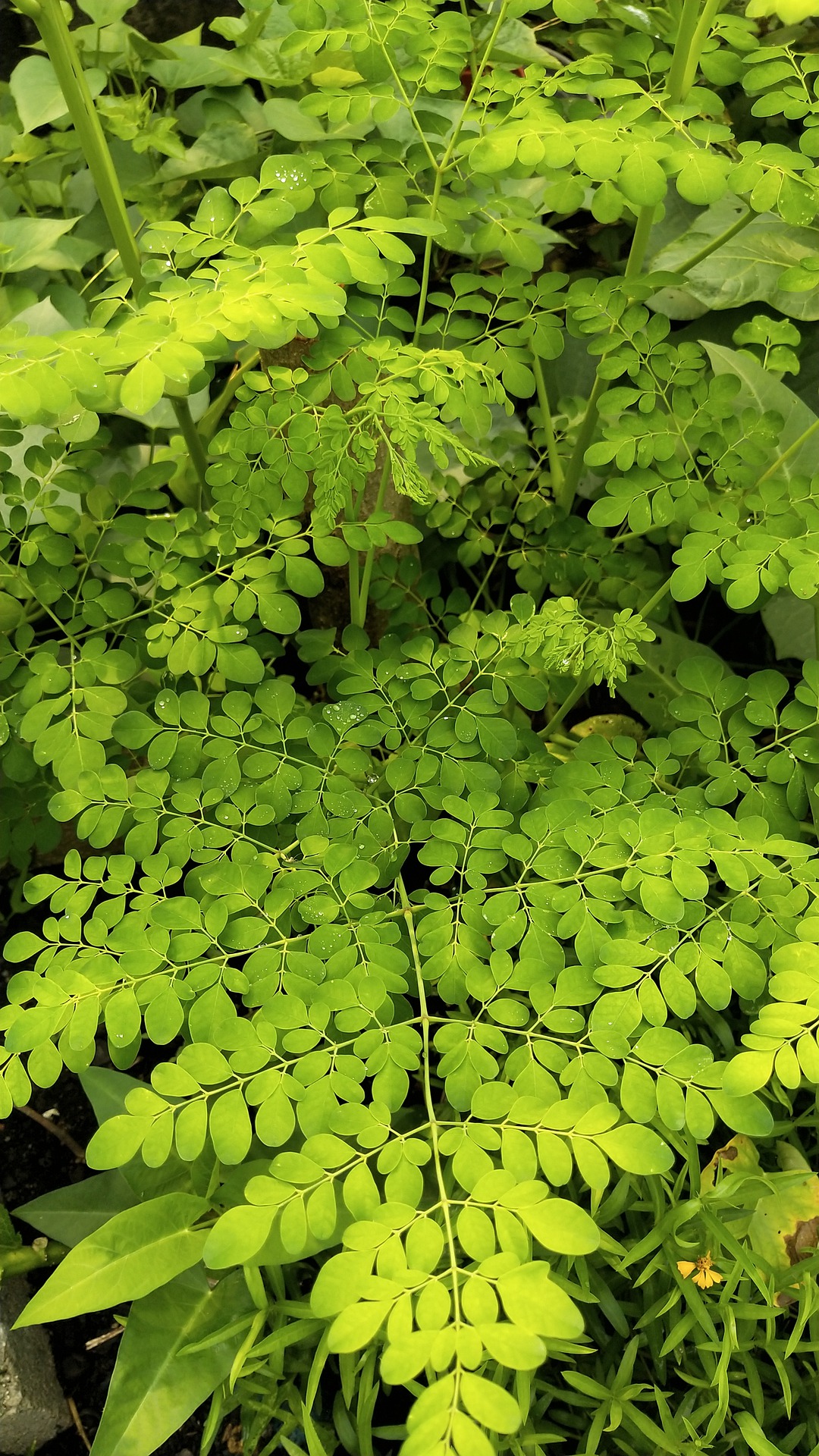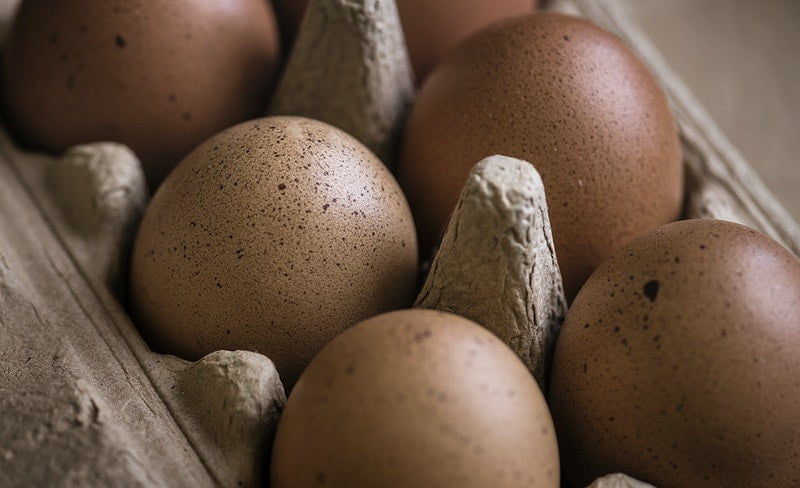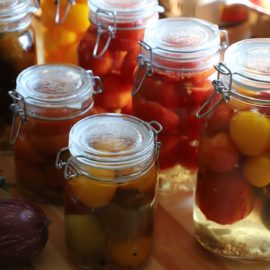
The Moringa Oleifera tree is native to various tropical places in Asia and Africa. However, the tree is very sought after in the U.S. and Europe for its nutritional and medicinal benefits. The leaves alone are nutrient-dense that they’re marketed in these locations as super food. The fresh leaves have seven times more amount of Vitamin C than oranges, four times the amount of Vitamin A than carrots, three times the amount of potassium than bananas and twice the amount of protein than milk.
Table of Contents
Why dry and make the leaves into powder?
Fresh leaves are already wonderful as they are. However, drying the leaves make them even more powerful and beneficial to the human body.
Believe it or not, through a simple drying process, the nutrients in the leaves grow even more in amount. Check the table below for the “gram-for-gram comparison” between fresh and dried leaves via FL.journal.org.
You might also like: Why Is It Time To Venture Into Moringa Business?
| Fresh leaves | Dried leaves | |
| Calcium | 4 x more than milk | 17 x more than milk |
| Iron | 2 x more than spinach | 25 x more than spinach |
| Protein | 2 x more than yogurt | 9 x more than yogurt |
| Potassium | 3 x more than bananas | 15 x more than bananas |
| Vitamin A | 4 x more than carrots | 10 x more than carrots |
| Vitamin C | 7 X more than oranges | 10 x more than oranges |
Want to start a business? Exporting healthy food like Moringa could be your fate amid the COVID-19 pandemic.
Moringa leaves generally come in the form of powder. The powder are usually used for tea making, mixed into various recipes or used as flavor in numerous food products like juices and baked goods. Many Moringa powder producers market their products in Europe. Currently, India is the largest supplier of Moringa leaves. However, there could be a shortage in supply In a few more years if demand soared higher.
Getting into Moringa business won’t hurt. Individuals or groups that own considerably a large area for Moringa plantation may successfully launch an export business of Moringa powder. The market for Moringa is still small and underdeveloped, but has potential to grow incredibly fast, especially that the use of the internet as a part of the daily life is more prevalent than in recent years.
How to make Moringa powder
Embed from Getty ImagesMaking moringa powder is relatively easy and simple. For 7 kilos of fresh leaves, you’ll yield roughly a kilo of dried leaves.
- Harvest the leaves. Make sure you remove all damaged leaves.
- Remove the stalk.
- Wash the leaves in clean water to eliminate any adhering dirt.
- Drain the leaves on food-grade perforated trays for 20 minutes.
- Dry the leaves until crisp.
- Mill the leaves.
- Pack in polyethylene bags.
Drying
There are two largely used methods to dry Moringa leaves. Most large-scale manufacturers have used mechanical drying for 3 hours over the conventional sun-drying for better temperature control and moisture content.
The moisture content of the leaves are recommended to be 10% or below. Leaves with moisture content higher than recommended may promote mold growth and decrease yield.
If you opt for sun drying the leaves, extra care should be given all throughout. Sun drying the leaves should take you 4 hours. Check for any weather changes midday. A batch of leaves will just be waste if it’s caught in a sudden rainfall.
Whichever drying method you choose from the two, just make the drying temperature doesn’t go over 55°C (131°F) or your product will turn brown. Manufacturers of Moringa leaves operate at 50° C (122°F) to 55°C (131°F). This study found out that drying at 50°C (122°F) is the optimum drying temperature for maximum nutrients and color preservation.
Room drying is a lesser-used method of drying, which involves a good air circulation inside a room. Its many disadvantages like longer drying duration (3 to 4 days) and susceptible to mold growth have kept manufacturers from using it.
Milling
When milling the dried leaves, you have several options on how to accomplish this. A simple mortar and pestle can do the trick. Pound the leaves until fine. Use a sieve if the size is a requirement.
A food processor or kitchen blender can also be used. If Intending to mill dried leaves regularly, invest in a hammer mill to save cost in the long run.
Packing and Storage
Like most food items in powder item, Moringa powder must be located in a clean and dry place. Moringa powder absorb moisture if it’s stored in a relatively humid place.
When packing Moringa powder, it is recommended to pack it in two polyethylene bags and heat-sealed to prevent leaks and moisture absorption. Before packing, inspect if the bag is clean and dry.


